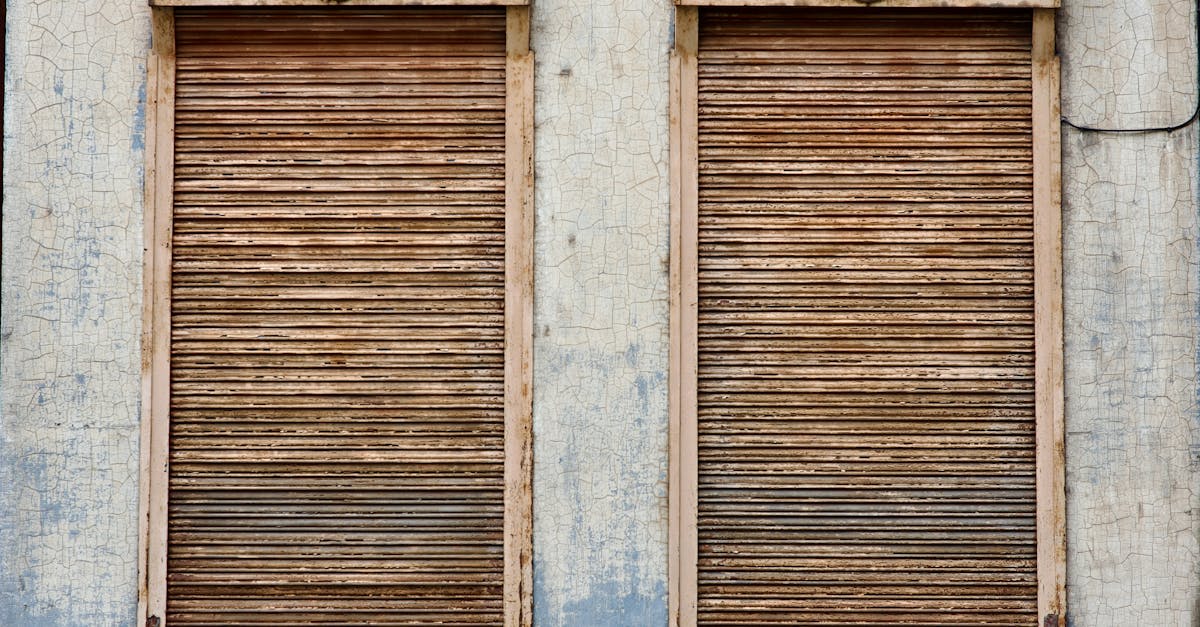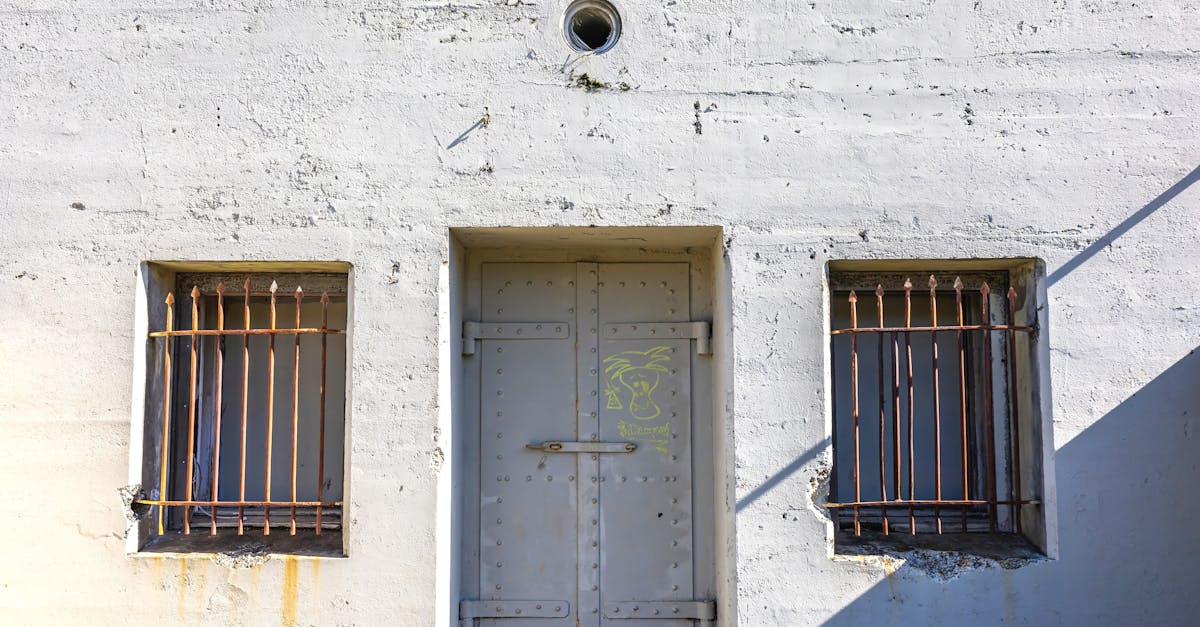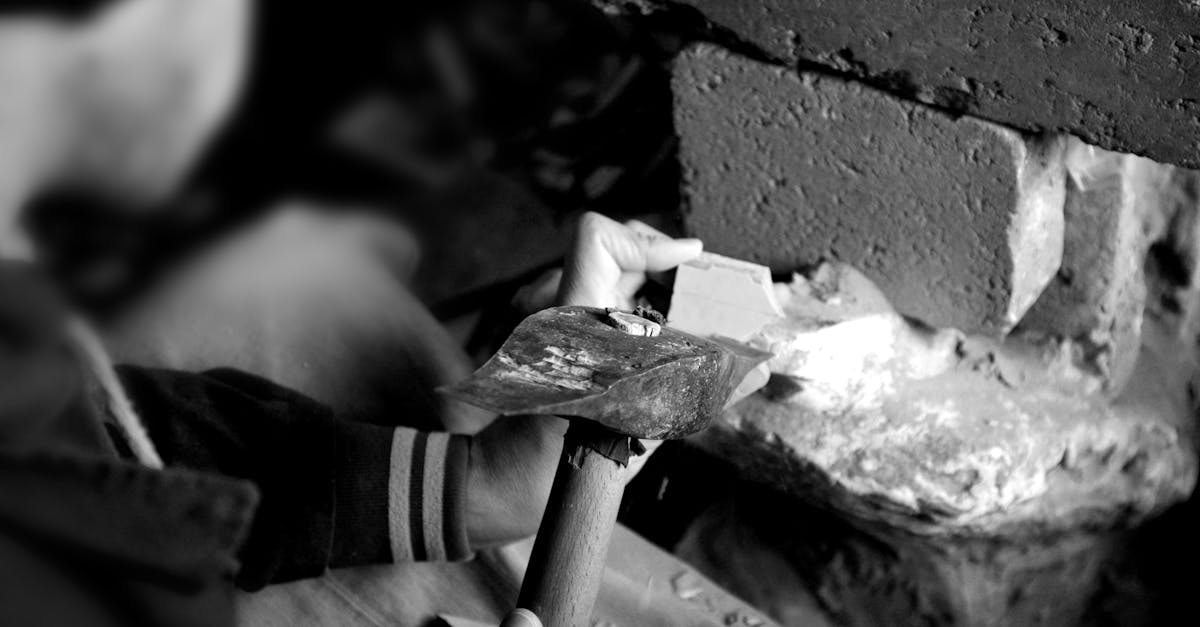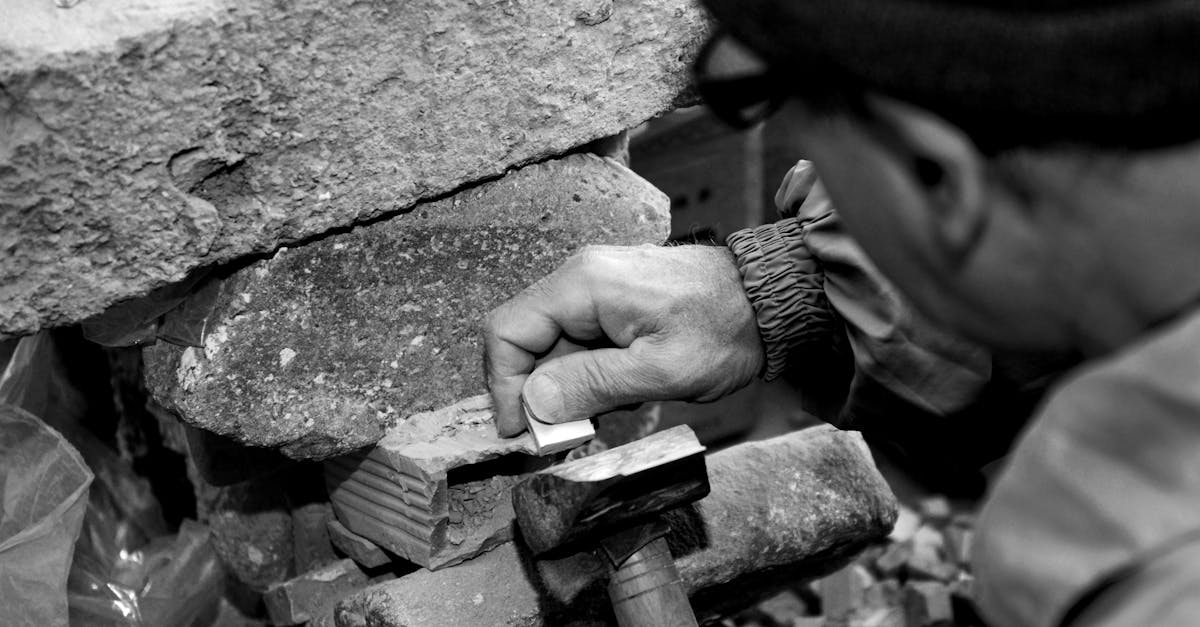
Table Of Contents
Designing an Effective Ventilation System
Effective ventilation in toilet installation and repair is essential for maintaining indoor air quality and reducing humidity levels. A well-designed system should ensure that moisture produced during use is quickly expelled, preventing mould growth and unpleasant odours. The layout of the venting system must facilitate air circulation, allowing fresh air to enter while enabling stale air to escape efficiently. Taking into consideration the position and height of the vent relative to the toilet can make a significant difference in performance.
Incorporating appropriate materials and equipment is crucial in creating a reliable ventilation system. Ductwork should be adequately sized to handle airflow demands, while fans must be selected based on their capacity and noise levels. Regular assessment of the system’s effectiveness can help identify any required adjustments or upgrades. Additionally, ensuring the vent is unobstructed and has the right configuration contributes to optimal functionality and longevity.
Key Considerations for Layout and Placement
An effective ventilation system in a bathroom begins with careful consideration of layout and placement. Positioning the ventilation fan near the source of moisture can significantly improve air circulation. Ideally, it should be installed on the ceiling or upper wall, as hot air rises and will be more efficiently expelled. Additionally, ensuring that the ductwork runs as straight and short as possible will optimise airflow, reducing the risk of obstruction and improving overall performance. This thoughtful placement directly impacts the effectiveness of the space, making it essential for any toilet installation and repair project.
Another crucial aspect is the proximity of the ventilation system to any windows or external vents. If feasible, placing the fan near a window can help to draw fresh air into the room while expelling stale air effectively. It's also important to consider building codes and regulations regarding ventilation in bathrooms. Ensuring compliance not only increases safety but can also facilitate a smoother toilet installation and repair process. Adequate planning at this stage can prevent future complications related to humidity and mould, contributing to a healthier living environment.
Selecting the Right Ventilation Equipment
Choosing the right ventilation equipment is crucial for effective airflow in any toilet installation and repair project. The selection process should begin with considering the size of the space and the specific needs of the occupants. Factors such as the type of ventilation system, whether it be exhaust fans or passive vents, will significantly impact air exchange rates. It is essential to match the equipment capacity to the volume of the toilet space to ensure adequate ventilation, preventing moisture buildup and odour issues.
Moreover, the energy efficiency of the equipment plays a vital role in both performance and cost-effectiveness. Selecting units with a high energy rating not only contributes to lower electricity bills but also supports environmental sustainability. Additionally, local regulations and standards should guide equipment choices to ensure compliance and safety in any toilet installation and repair context. Implementing the right ventilation solutions promotes a healthier environment, ultimately enhancing the experience for users.
Factors to Consider for Optimal Performance
When selecting ventilation equipment for optimal performance in toilet installation and repair, several factors must be taken into account. The size and type of the toilet space influence not only the choice of the equipment but also the airflow requirements. A cramped or poorly designed room may necessitate more powerful ventilation systems compared to larger, well-structured spaces. It's essential to match the ventilation capacity, usually measured in cubic feet per minute (CFM), with the specific needs of the area to ensure a comfortable and functional environment.
Noise levels also play a critical role in the selection of ventilation systems. Loud fans can be disruptive and diminish the overall experience of using the space. Therefore, opting for quieter models can significantly enhance user comfort. Additionally, the energy efficiency of the equipment should not be overlooked. Investing in energy-efficient ventilation systems can offset initial installation costs over time through reduced energy bills, making them a practical choice for toilet installation and repair projects.
Maintenance Practices for Ventilation Systems
Regular maintenance of ventilation systems is essential for ensuring longevity and efficiency. This involves inspecting ductwork for any blockages or damage that could impede airflow. Cleaning filters on a consistent basis helps maintain air quality and ensures that the system operates at optimal performance. Technicians should also check for any signs of wear and tear on components, addressing issues promptly to prevent further complications. Implementing these practices contributes significantly to overall system reliability.
For effective toilet installation and repair, it is crucial to ensure that the ventilation system is not only functioning well but also compliant with local building codes. Periodic assessments will help identify potential improvements or necessary upgrades. Engaging professional services for maintenance can enhance the lifespan of your ventilation system while ensuring it meets health and safety standards. Keeping a record of maintenance activities aids in tracking performance and addressing concerns before they escalate.
Ensuring Longevity and Efficiency
Regular maintenance of ventilation systems is crucial to ensure long-lasting performance. Homeowners should schedule routine inspections to check for any blockages in the ducts or signs of wear and tear. Cleaning the vents and removing dust and debris helps maintain optimal airflow. Proper drainage of moisture also plays a significant role in preventing mould growth and unpleasant odours, which can affect the overall atmosphere of the bathroom.
In addition to routine checks, investing in high-quality components during toilet installation and repair significantly impacts the system’s overall efficiency. Selecting fans and vents that meet the specific needs of the space ensures that the system is not working harder than necessary. Consideration of energy-efficient options can lead to lower utility bills over time while contributing to a healthy environment in the home.
FAQS
Why is proper ventilation important in toilet installation?
Proper ventilation is crucial in toilet installation as it helps to remove moisture and unpleasant odours, preventing the growth of mould and bacteria, and ensuring a healthier environment.
What are the key considerations for designing an effective ventilation system?
Key considerations include the layout and placement of vents, ensuring adequate airflow, selecting the right fan size, and ensuring compliance with local building codes.
What types of ventilation equipment are recommended for toilets?
Recommended ventilation equipment includes exhaust fans, ventilation ducts, and air admittance valves, which help manage airflow and moisture effectively.
How can I ensure the optimal performance of my ventilation system?
To ensure optimal performance, consider factors such as the size of the toilet, the airflow capacity of the ventilation equipment, and regular maintenance checks to prevent blockage and ensure efficiency.
What maintenance practices should I follow for my ventilation system?
Regular maintenance practices include cleaning the vents and fans, checking for obstructions, ensuring that the system is running efficiently, and scheduling professional inspections as needed.





























